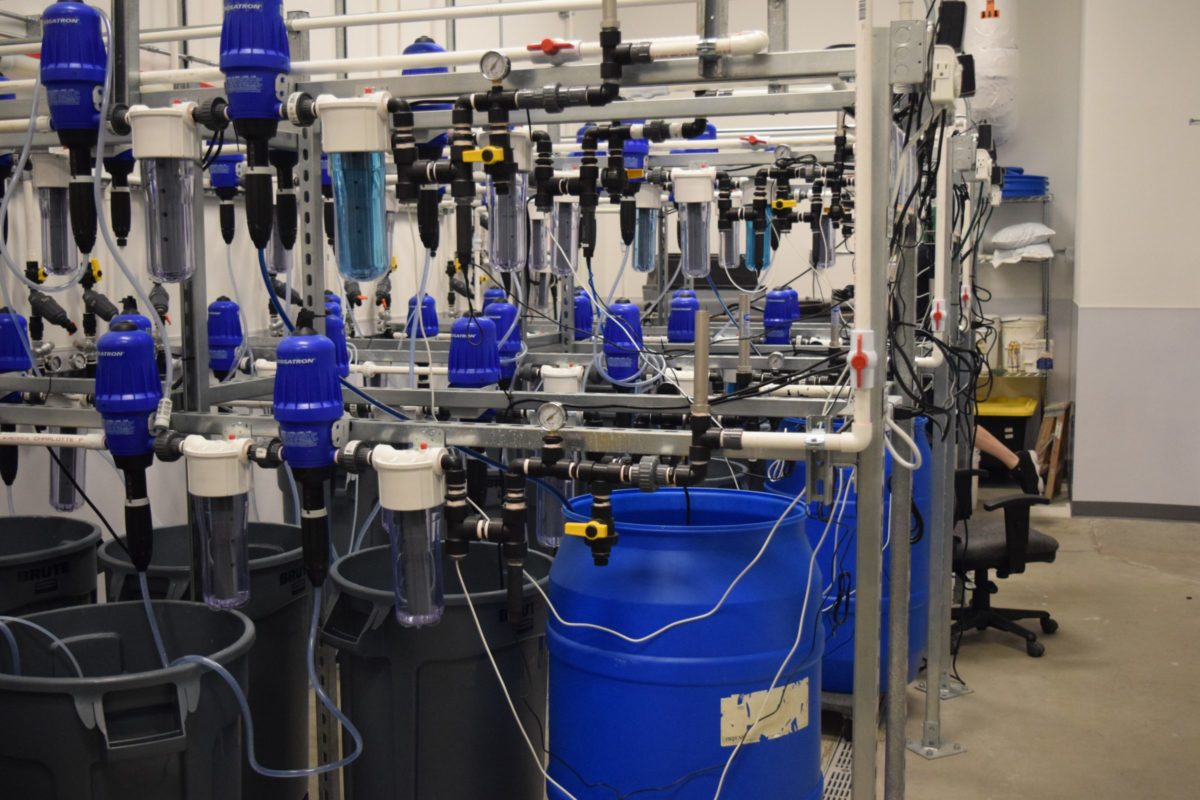Water Quality: It Matters More Than You May Think

Cannabis is a sturdy, resilient plant that, at the risk of sounding cliché, “grows like a weed.” There are many places in the world where wild cannabis thrives without any help from humans and cultivators have known for a long time that decent product can be grown from any reasonable water quality source.
But what about professional operations aiming for highest-grade, boutique quality product grown on a commercial production scale? Is it even possible to grow premium cannabis in quantities large enough to meet the massive influx of demand for “only the best”? Yes, it can be done, but first and foremost is a reliable supply of low PPM (parts per million) water quality as a baseline for a strictly regimented nutrient formulation program.
To do this, a few things need to happen. First, a water test is required to determine if the source water needs filtration. It may not, but the landscape of readily available low ppm water is rapidly changing. Hormones, pharmaceuticals, and all kinds of toxic materials are making their way into the national water supply. In drought-stricken areas like Los Angeles and San Francisco, “toilet to tap” reclamation procedures are now in place, essentially straining solids, dosing with chlorine, then pushing the water back into the public drinking supply. If you wouldn’t drink the tap water at your house, why would you give that same water to your plants?
Even in areas that have “good” water, choosing not to test water quality and serving your plants less than optimal water could choke their potential and undermine an otherwise perfectly engineered operation. The TDS (total dissolved solids) in any type of untreated water varies for several reasons, and the relatively small investment into a water filtration system is a big step towards a consistent and reliable nutrient ecosystem.
There are many issues to consider when evaluating water quality and chemistry. Cultivators using microorganisms such as beneficial bacteria, fungi, nematodes, mycorrhizae, and Trichoderma must have chlorine and chloramine-free water for those helpful microbes to survive and flourish. All municipal water contains chlorine and/or chloramines as they are both powerful biocides, meaning they are designed to kill all living microorganisms. Letting city water sit out and bubble overnight may get rid of chlorine, but it’s not effective to remove chloramines or other contaminants. Water from well or spring sources is often high in minerals such as calcium, magnesium, sulfur, and iron. Giving water with too high of levels of these minerals to heavy-feeding plants will contribute to nutrient lockout and lead to yield and quality deficiencies.
If filtration is needed, it’s extremely important to know exactly what is in the source water so a filtration system can be custom designed to address the issues. One size fits all systems typically miss the mark or are expensive to maintain. As reverse osmosis technology continues to advance, as well as new regulations go online, customized, highly-efficient water filtration solutions for commercial growers are now available. Our company, HydroLogic has created the HyperLogic custom professional water filter division to meet these very specific needs. These systems ensure consistency and reliability of water input and are critical to the quality-committed professional grower.
By: Mike Parisi, Marketing Director, Hydrologic Systems
